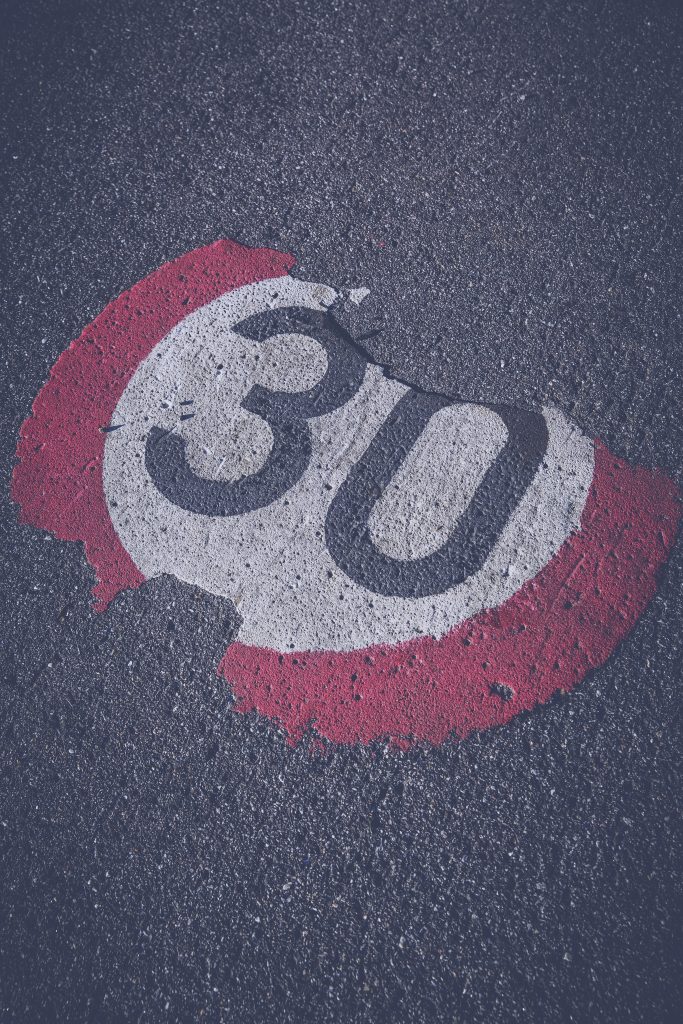 Once a case has been fully litigated, it has been established that the plaintiff cannot bring additional lawsuits against the same parties for the same cause of action. This principle, res judicata, promotes stability, efficiency, and fairness within our court systems. The following Ascension Parish case is decided based on this concept.
Once a case has been fully litigated, it has been established that the plaintiff cannot bring additional lawsuits against the same parties for the same cause of action. This principle, res judicata, promotes stability, efficiency, and fairness within our court systems. The following Ascension Parish case is decided based on this concept.
Arthur Deal was involved in a motor vehicle accident with Billie Fortenberry on April 27, 2012. Following this accident, Deal filed a lawsuit against Mr. Fortenberry, Mr. Fortenberry’s insurer, Farm Bureau, and his uninsured/underinsured motorist insurer, State Farm Mutual Automobile Insurance Company. Deal then settled his claims with Farm Bureau and State Farm and agreed to dismiss the lawsuit on October 14, 2015.
For the claim against Farm Bureau, Deal settled for the insured policy limit of $25,000, which Farm Bureau issued to Deal and his attorney in the form of a check on October 24, 2013. This amount, however, was not negotiated by Deal or his attorney. Following this, Deal retained new legal counsel. On September 23, 2015, almost two years after Farm Bureau issued the settlement check, Deal’s new attorney wrote the company a letter stating, in part, that the old check was not cashed and asked how long it would take Farm Bureau to issue a new one. Farm Bureau responded that, upon receipt of the old check, it would issue a new check to Deal and his attorney. Deal forwarded the old check to Farm Bureau on October 15, 2015. The company received it on October 16, 2015, and issued a new check on October 26, 2015. Deal and his attorney negotiated this check.
 Louisiana Personal Injury Lawyer Blog
Louisiana Personal Injury Lawyer Blog


 When another or a company’s actions harm a person, he is entitled to financial relief under Louisiana law. The law also requires proof of damages to prove entitlement to monetary compensation. Damages are proven by submitting facts to a trial court. Sometimes the parties agree upon the facts, and sometimes they are disputed.
When another or a company’s actions harm a person, he is entitled to financial relief under Louisiana law. The law also requires proof of damages to prove entitlement to monetary compensation. Damages are proven by submitting facts to a trial court. Sometimes the parties agree upon the facts, and sometimes they are disputed.  Once a case has been fully litigated, it has been established that the plaintiff cannot bring additional lawsuits against the same parties for the same cause of action. This principle,
Once a case has been fully litigated, it has been established that the plaintiff cannot bring additional lawsuits against the same parties for the same cause of action. This principle,  Claims involving both state and federal law can be extremely complicated; however, what happens when there are questions surrounding the state law itself? In this situation, the district court may actually abstain from exercising its jurisdiction until the state law concerns have been resolved—the following case involving law enforcement officers in New Orleans discusses these issues.
Claims involving both state and federal law can be extremely complicated; however, what happens when there are questions surrounding the state law itself? In this situation, the district court may actually abstain from exercising its jurisdiction until the state law concerns have been resolved—the following case involving law enforcement officers in New Orleans discusses these issues. A dilatory exception for prematurity is defined in the
A dilatory exception for prematurity is defined in the  Often people are injured by a person who appears to be an employee of a company. However, just because someone seems to be working for a business doesn’t necessarily mean they are an employee. If you’re hurt by an employee of a company and want to seek damages, whether the person is an employee or an independent contractor could make a big difference in your case. The following case explains the difference between an employee and an independent contract for determining who will be liable for the injured party’s claims.
Often people are injured by a person who appears to be an employee of a company. However, just because someone seems to be working for a business doesn’t necessarily mean they are an employee. If you’re hurt by an employee of a company and want to seek damages, whether the person is an employee or an independent contractor could make a big difference in your case. The following case explains the difference between an employee and an independent contract for determining who will be liable for the injured party’s claims.  Removal of estate executors can be difficult and require many hours of work. Not only does a petition need to be filed with the court, but the executor being removed must be notified, which often results in a legal battle. Things can become even more complicated when long-lost relatives appear. The following case discusses how the heirs of an estate may seek to remove the executor.
Removal of estate executors can be difficult and require many hours of work. Not only does a petition need to be filed with the court, but the executor being removed must be notified, which often results in a legal battle. Things can become even more complicated when long-lost relatives appear. The following case discusses how the heirs of an estate may seek to remove the executor. If you slip and fall at a store, you might think the store will be liable for your injuries. However, to succeed in a slip-and-fall claim in Louisiana, there are various elements you must show before you can recover. You might not recover for your injuries if you do not provide evidence to support your claims.
If you slip and fall at a store, you might think the store will be liable for your injuries. However, to succeed in a slip-and-fall claim in Louisiana, there are various elements you must show before you can recover. You might not recover for your injuries if you do not provide evidence to support your claims.  When a chemical leaks from a local business and spreads to a residential area, it is easy to assume that the company has exposed itself to liability for every person exposed to the leak. But what does someone have to prove to be compensated for their exposure? A case out of Avondale explores this question after twenty people were claimed to have been exposed to
When a chemical leaks from a local business and spreads to a residential area, it is easy to assume that the company has exposed itself to liability for every person exposed to the leak. But what does someone have to prove to be compensated for their exposure? A case out of Avondale explores this question after twenty people were claimed to have been exposed to